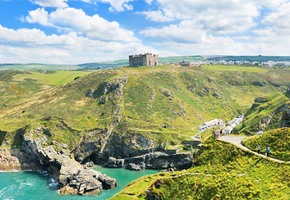
Seven Ideas for a Sustainable Holiday by Rail
09/07/2021 · By Sukie Chapman
Plan a sustainable holiday by rail with Great Rail Journeys. Explore our blog for six eco-friendly travel ideas to inspire your next amazing trip.
Read moreA number of our Croatia holidays visit Dubrovnik which was founded in the first half of the 7th century by a group of refugees from Epidaurum, today's Cavtat. They established their settlement at the island and named it Laus. Opposite that location, at the foot of Srd Mountain, Slavs developed their own settlement under the name of Dubrovnik (named by "Dub" - a type of wood). The settlements were separated by a channel that was filled in during the 12th century, and since then the two settlements have been united.
At that time the city walls started to be built as a protection from different enemies - Arabs, Venetians, Macedonians, Serbs, etc. - who wanted to conquer Dubrovnik. Dubrovnik thrived in medieval times as Ragusa, a rival to imperial Venice. Citizenship was bestowed upon the skilled and the entrepreneurial. Much was destroyed in the earthquake of 1667, and later the city was overrun by the Habsburgs and Napoleon. However, Dubrovnik retained a strong sense of identity and artistic prowess.
Find out more with a free brochure and enjoy weekly travel inspiration and offers in our e-newsletter.
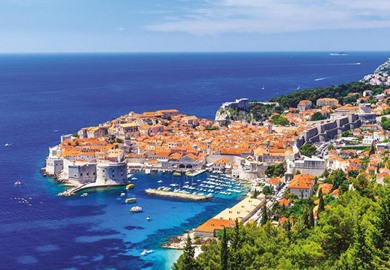
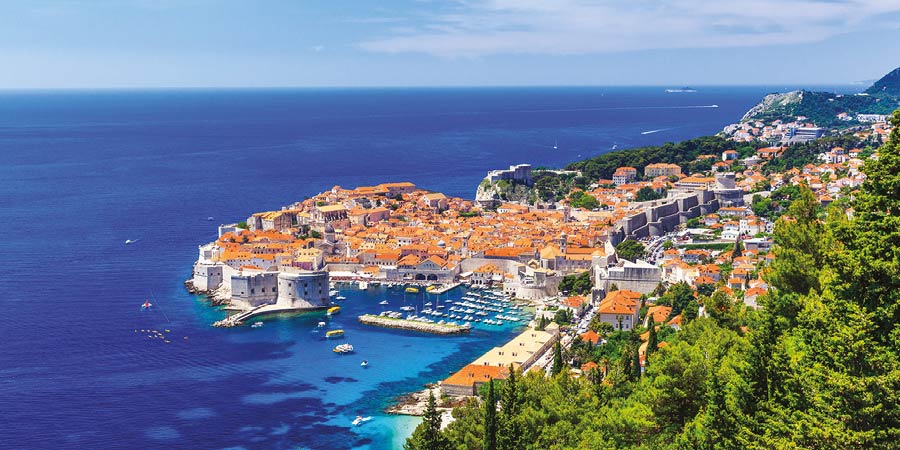
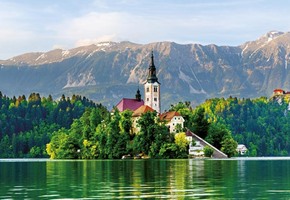
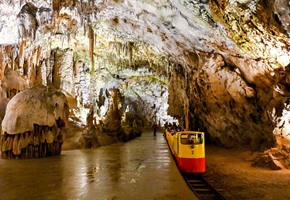
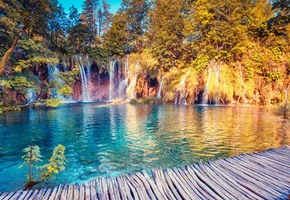
 (78 reviews)
(78 reviews)Marvel at stunning natural wonders and idyllic towns during a 13-day holiday to the three former Yugoslavian countries of Slovenia, Croatia and Montenegro. Unwind beside Lake Bled, uncover Slovenia's capital of Ljubljana and take a charming rail trip into the otherworldly Postojna Caves. Explore Croatia's historic capital, Zagreb, admire...
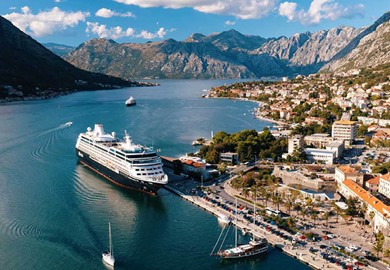
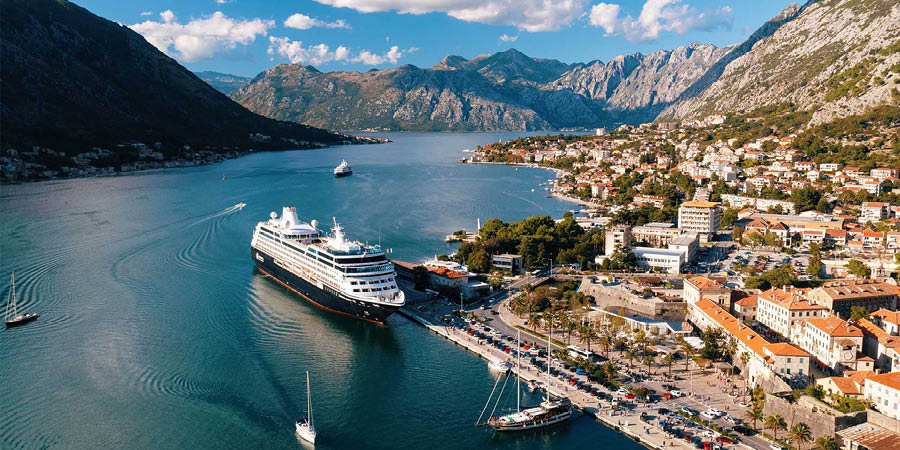
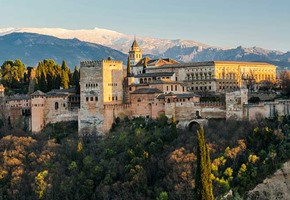

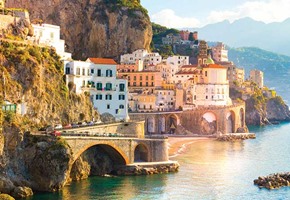
Let the wonders of Spain, Italy, Croatia and Slovenia captivate you on an incredible holiday across land and sea. Discover iconic cities and rich history, from Madrid's grand boulevards to Barcelona's striking architecture, all with the guidance of an experienced Great Rail Journeys Tour Manager. Then, set sail on an intimate Azamara...

Protecting the city-state through centuries of trade and torment has been St. Blaise, whose statue stands over Pile Gate, the main entrance to the old town. From here, you can walk right around the towers and bastions (entrance 30kn) of the high city walls, which takes about an hour.
At ground level, take a walk from Pile Gate down Stradun to the old harbour. You'll first come across the Franciscan monastery. Although rebuilt after 1667, the cloister is a Romanesque original from the 15th century. On the other side stands the dome of Onofrio's Great Fountain, built around the same time. Nearer the old harbour, the baroque Church of St. Blaise stands across Luza Square from the elegant Sponza Palace, formerly the Ragusa Mint. Inside you will find the Memorial Room of the Dubrovnik Defenders, with pictures of all those who died during the 1991 bombardment.
Also near the harbour are the Rector's Palace, the seat of government in the old republic; the Cathedral and Treasury; and the Dominican monastery, where the museum holds a few Titians and an 11th century Bible. The nearest beach is Lazareti, just past Ploce Gate; another, with more family-orientated attractions, can be found at Lapad, a short bus ride from Pile Gate.